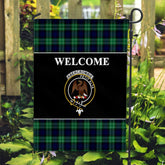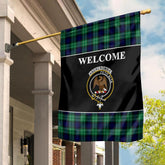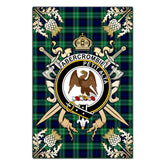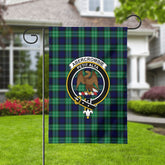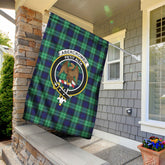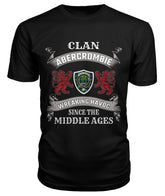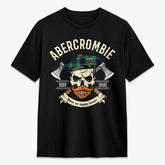When Saint Andrew, one of the Apostles, was crucified by the Romans in A.D. 60, it was said that he believed himself was not worthy of being crucified on a cross like that of Christ, and therefore, he met his end on a 'saltire' or an X-shaped cross (St. Andrew's cross) that became his symbol.
Two separate legends help explain the connection between Saint Andrew and Scotland. A story about A.D. 345 Saint Regulus was guided by an angel to take some relics (bones) of St. Andrew's relics to a distant land. Eventually, he went to Fife on the northeast coast of Scotland, where he founded the settlement of St.Andrews. Another version remembers how in the 7th century, Saint Wilfrid brought the saint’s relics home with him after a pilgrimage to Rome. The Pictish king, Angus MacFergus, had then installed them at his new monastery of Saint Regulus at Kilrymont, then changed his name to St.Andrews.

And there is still another myth concerning the application of Saint Andrew's cross as Scotland’s national flag. This recalls how, in 832, before the battle between the army of Picts and the combined Scots and an army of Angles invaded by the King of Aethelstan of East Anglia, Saint Andrew appeared to the Pictish king, Óengus II (Angus) and assured him of victory. The next morning, a formation of cloud gathered on a clear blue sky, depicting a visible white saltire from both sides. The omen inspired the Picts and the Scots to win a famous victory over Angles of King Aethelstan, and thus, the white cross on the blue background was adopted as the national flag of Scotland.
After Robert Bruce's victory, at the Battle of Bannockburn in 1314, the Declaration of Arbroath officially called Saint Andrew the patron saint of Scotland. The Saltire seemed to become the official national flag in 1385 when the Parliament of Scotland agreed that Scottish soldiers should wear the white cross as a distinguishing mark. In such times, flags and banners were important to identify opposing forces in the heat of battle.

While its exact origin may have been lost in myth and legend, Scotland flags are often considered one of the oldest national flags still in modern use.
There is no content with a flag, however, Scotland also has a second unofficial national flag. This often appears by thousands of anywhere and whenever national sporting teams are competing and is often known as Lion Rampant. The flag is actually the Royal Standard of the King or Queen of Scots and it is still the personal banner of the monarch; Thus, its use is, strictly speaking, restricted.

It is thought that it was King Richard I of England, " Lion-Heart," at the end of the 12th century, who first introduced a badge device to showing a rampant lion, king of beasts, rearing up with its three-clawed paws out-stretched as if in battle. This Lion Rampant was eventually accepted as a Scottish royal coat of arms and incorporated into the Great Seal of Scotland.

